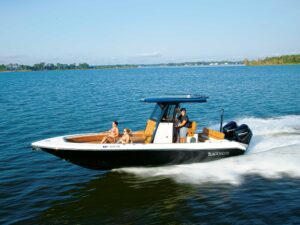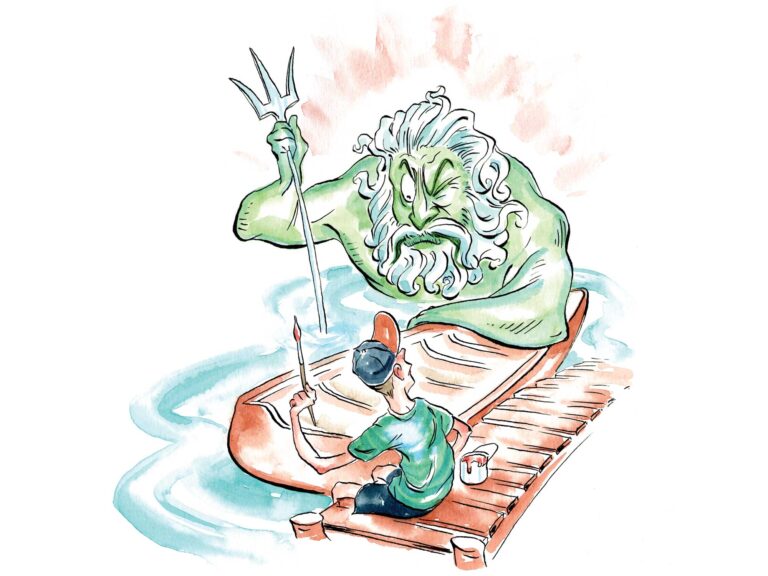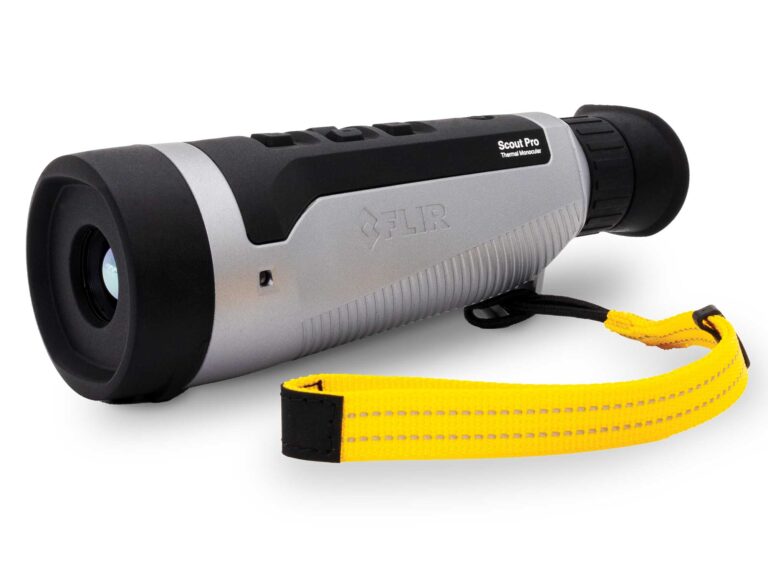This is the first article in our 10-part series, Electric Whaler 2025, detailing the creation and performance of an electric boat. It also compares the differences with equivalent internal combustion marine propulsion, many of which go beyond performance. Electric-powered boats will become a bigger part of the boating scene in the coming years and with this project we are gaining first-hand experience that we can share with you.
Check Out Other Electric Whaler 2025 Blog Posts!
Growing up before the digital era, kids kept magazine articles, advertisements, catalogue pages, or any physical representation we could grab hold of that showed us the things our adolescent hearts craved. For many teenagers in my generation, it was a Pontiac Firebird, or maybe an Apple IIe computer. But my bulletin board always had the latest glossy, well-thumbed brochure for the Boston Whaler 13 Super Sport.
I had friends with Whalers, aboard which came many memories bouncing about in the iconic classic – it had long been a classic by then – but I never had one of my own. I craved my own little piece of the ocean, upon which I would be master. (My parents were primarily sailors, and I always had a sailboat of my own, but c’mon, man, I wanted to drive.)
My twins just turned 5, my son is 7, and we live a stone’s throw from a 3-mile-long lake. It’s time to get them out on that water. Projecting my own childhood aquatic dreams onto them, of course, I picked up a used (probably fourth- or fifth-hand) 1970 13-foot Whaler.

If you’ve never been in one, the 13 Whaler is incredibly stable, literally unsinkable and quite forgiving for kids to drive. A 40-horsepower outboard provides just enough power to get a skinny kid up on skis, with three or four (equally skinny) friends aboard, yet the boat won’t go much above 30 mph. Plus, even a 5-year-old can see over the steering wheel, and for kids, having their own, accessible steering wheel is a big, big deal!
It’s the perfect boat to introduce my kids to boating, and it will eventually become “their” boat to learn the ropes independent from dad.
But I went out on a limb a couple of years ago in the pages of Boating when I suggested that my kids’ first boat will run on batteries, not petroleum. Obviously, I meant the first boat they actually buy for themselves, but last year, when Elco posted on social media their prototype 30 horsepower outboard, it seemed like King Neptune was calling me out. (Yes, Neptune has apparently embraced Facebook.) A few phone calls later, a plan came together to run our Whaler for a summer on gas, and then repower with the Elco motor and 15,000 watts of lithium battery to get a practical feel for the future of planing powerboats.

In short, I want to answer one question – What might the perfect adolescent’s first boat look like when I’m ready to hand the keys over to my kids? In keeping with that theme, I’ll also upgrade the boat to reduce maintenance and minimize electrical power draw, while still retaining the classic Whaler utility and appearance.
RELATED CONTENT: 100 Years of Electric Boat Development
Welcome aboard my vision of the iconic classic Boston Whaler – of 2025. For now, check out the video of the boat topping 20 mph while getting NEARLY 20 MILES RANGE FROM ON-BOARD BATTERIES — VERSUS 22 MILES AT 20 MPH FROM a 3-gallon portable gas tank with the boat’s previous 2001 40 hp Johnson 2-stroke outboard. (And next year, we’re hanging the new prototype Elco EP-50 on the stern!)
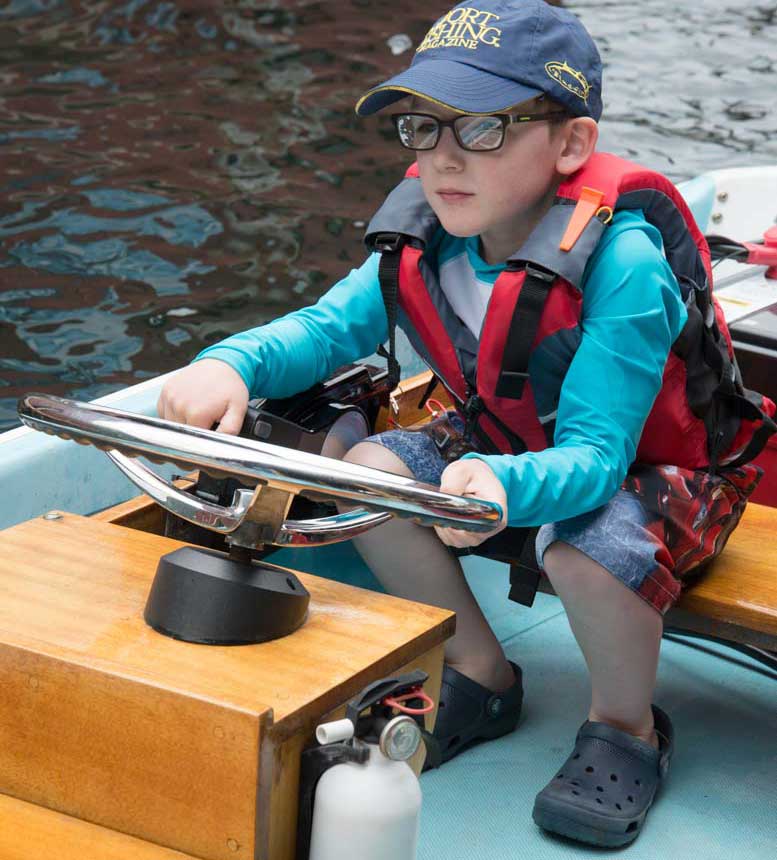
UPDATE: February 2018 – A jump in battery technology becomes available this summer – Lithium Nickel Magnesium Cobalt, which is the chemistry automobile manufacturers have settled on for the time being, brings 25 percent more power aboard at the same weight!
Can an electric motor compete with a gas outboard? Here’s a look at the boat’s performance by the end of last fall, including speed and course from my Garmin VIRB’s built-in GPS, as well as kilowatts consumed in real time.
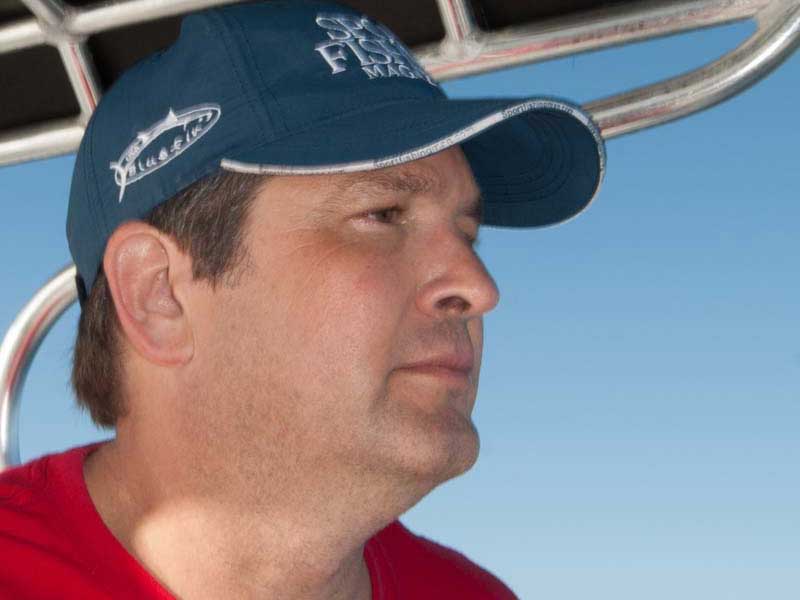
Capt. Vincent Daniello is a regular contributor to Boating. Capt. Daniello is a United States Coast Guard Licensed Master Upon Any Ocean for Vessels up to 500 Tons. He is an IGFA Certified Fishing Tournament Observer. He is a professional photographer and videographer. You can learn more about Capt. Daniello at bluewateradv.com.


